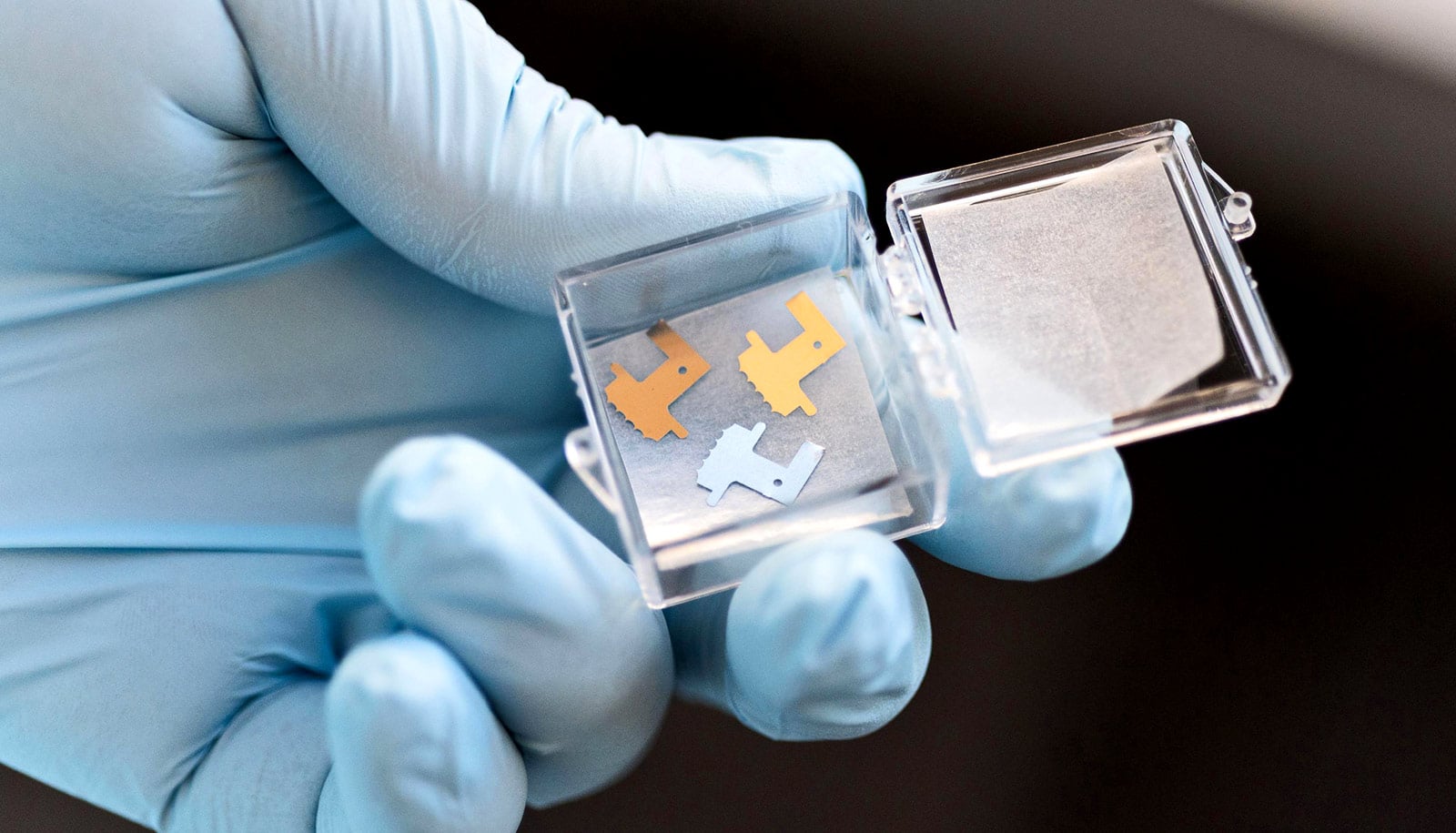A new study presents 76 proteins that might serve as biomarkers for the detection of Parkinson’s disease.
Many human diseases can be detected and diagnosed using biomarkers in blood or other body fluids. Parkinson’s disease is different: to date, there is no such biomarker being used in the clinic to indicate this neurodegenerative disease.
The new research, published in the journal Nature Structural and Molecular Biology and led by Paola Picotti, a professor at ETH Zurich, could now help to close this gap.
What makes this study special is that while the potential biomarker proteins are found in both healthy people and those with Parkinson’s, their molecules are present in different shapes (or structures) in each of the two groups.
It is not the presence of certain proteins that indicates the disease, but rather the shape they have assumed. This is the first time that scientists have shown that an analysis of the structures of all proteins in a body fluid can identify potential biomarkers for disease.
The next step will be to thoroughly test the markers found and verify them using larger groups of patients. That means these candidates are not yet available for clinical diagnoses.
“But from what we’ve seen so far, they’re actually a very strong indicator for the disease. So I’m confident that this idea of structural biomarkers will bear out,” says coauthor Natalie de Souza, a senior scientist in Picotti’s group.
The researchers examined the cerebrospinal fluid of 50 healthy individuals and 50 Parkinson’s patients. Dutch clinicians provided the sample material.
To search for biomarkers, the researchers used a specific method for measuring the proteome (i.e. the totality of all proteins in a sample), called LiP-MS, which can measure structural changes in proteins and reveal where exactly the changes are located. Conventional proteome measurements tend to record only the different types of protein and their amounts, but not structural changes.
Since the structure of proteins is closely linked to their functions (or, indeed, dysfunctions), the researchers hypothesized that people with Parkinson’s and healthy individuals will exhibit different shapes of some proteins. The present study marks the first time that the researchers have successfully applied the method to a disease.
In subsequent steps, the researchers want to further improve the LiP-MS method to amplify the biomarker signal and thus increase the sensitivity with which the disease can be detected.
Moreover, the scientists would like to test the new biomarkers to assess how specifically they detect Parkinson’s disease or whether there might be overlap with other neurodegenerative diseases such as Alzheimer’s disease.
In future, the researchers also want to use their method to determine subtypes of Parkinson’s disease and make more accurate predictions about the course of the disease.
Exactly what clinically useful diagnostics this might lead to is still uncertain. De Souza estimates that a future testing strategy could be based on antibodies that would distinguish between healthy and diseased protein structures. Making regular use of mass spectrometers in a clinical setting is in principle possible, she says, but would be a big challenge.
Source: ETH Zurich



